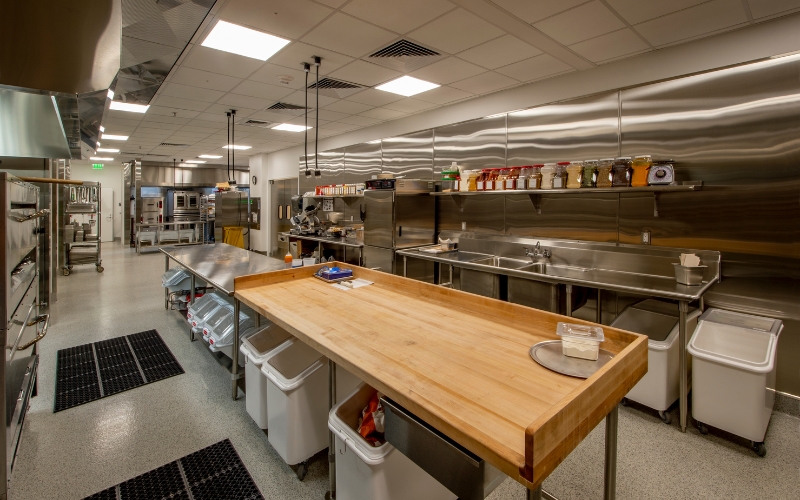When hurricanes hit, they leave behind more than floodwater and debris. One hidden danger from flooding, including storm surge flooding, is mold growth. Mold thrives in the moist environments that are left after storms. If left untreated, mold can cause structural damage and major health issues. Quick, effective cleanup can prevent these problems. We’ll take you through some of the best cleanup practices, highlight FEMA resources, and offer tips to help mitigate mold.
The Mold Threat After Hurricanes
Mold begins growing within 24 to 48 hours of exposure to moisture. It often hides in the places you can’t see, like:
- Inside walls and insulation
- Beneath floors and carpets
- Inside HVAC systems and ductwork
Unchecked mold damages structures and can trigger allergies, asthma, and respiratory problems. Eliminating it early is essential to protect your home and indoor air quality.
How FEMA Can Help During Hurricane Recovery
The Federal Emergency Management Agency (FEMA) offers support to homeowners and businesses recovering from hurricanes, including mold-related assistance.
- Disaster Assistance Grants: Cover temporary housing, repairs, and personal property losses not covered by insurance.
- Flood Insurance Claims: Help pay for flood-related damages, including mold cleanup.
- Public Assistance Programs: Provide funding to restore public buildings, such as schools and hospitals.
To get started, visit DisasterAssistance.gov or call FEMA’s helpline at 1-800-621-3362.
Hurricane Cleanup Tips to Prevent Mold Growth
Act quickly to stop mold from spreading during hurricane recovery. Follow these steps for safe and effective cleanup.
- Start Drying the Area Immediately
-
- Use wet vacuums or pumps to remove standing water.
- Place fans and dehumidifiers to speed up drying. Avoid running your HVAC system if it may spread mold spores.
- Remove Water-Damaged Materials
-
- Discard carpets, mattresses, and furniture that absorbed water.
- Cut out and dispose of any soaked drywall or insulation.
- Clean and Disinfect Thoroughly
-
- Use soap and water to clean non-porous surfaces.
- Consider using mold-prevention like Synexis’ patented Dry Hydrogen Peroxide (DHP®). DHP actively reduces mold spores in the air and on surfaces, helping you to maintain a cleaner environment over time. It’s also proven as a mold mitigation strategy, so it isn’t just a proactive solution.
- Use Protective Gear During Cleanup
-
- Wear gloves, goggles, and a respirator to prevent exposure to mold spores.
- Hire Professionals if Needed
-
- Call licensed mold remediation specialists if mold covers more than 10 square feet or has spread into the HVAC system.
How DHP Supports Long-Term Mold Prevention and Mold Mitigation
Even after visible mold is removed, spores can linger in the air. DHP offers continuous protection by reducing airborne spores and surface contaminants. Unlike traditional cleaning methods (which are still important), DHP works without direct application, providing ongoing mold control in your space.
Take Action Today to Prevent Mold Damage and Provide Mold Mitigation
Effective hurricane cleanup means more than just removing water. It also means controlling moisture to stop mold in its tracks. With quick action, FEMA resources, and solutions like Synexis DHP, you can protect your home, health, and peace of mind.
To speak with an IAQ expert from Synexis, fill out this form and we’ll be in touch as soon as possible.
And to learn more about Synexis, click here.










